We explain everything about the sea, what types exist and their depth. Also, differences with the ocean and examples of seas around the world.
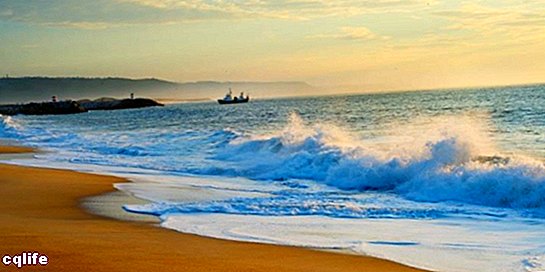
What are the seas?
The surface of our planet is covered in three quarters by Water, forming the huge masses of salt water that we know as oceans, and those of smaller size, known as seas.
In other words, a sea is a mass of salty water of local or regional importance, much smaller in perspective than the ocean in which it is inserted. Its dimensions, shape and portion surrounded by land can be extremely varied.
Some bodies of salt water, instead of being called seas, are called gulfs, bays or in other ways. In principle, this is due to historical considerations, since the populations Since ancient times, humans have always chosen to settle by the sea, given the facilities of transport, feeding Y weather benign that its coasts usually offer.
For a long time, "the seven seas" were spoken of to refer to the different known maritime regions, but in reality their number amounts to more than fifty, endowed with a gigantic diversity in terms of shapes, sizes and ecosystems. Even endorheic lakes, that is, totally encapsulated salt water lakes on land, are often referred to as seas.
The seas have been inspired by the humanity from very early, motivating artistic works, incredible stories and summoning the adventurer to travel. A feminine, if not maternal presence is often attributed to them, since life began in its waters. They are often supposed to be the scene of underwater kingdoms or submerged mythical civilizations, such as Atlantis.
Difference between sea and ocean
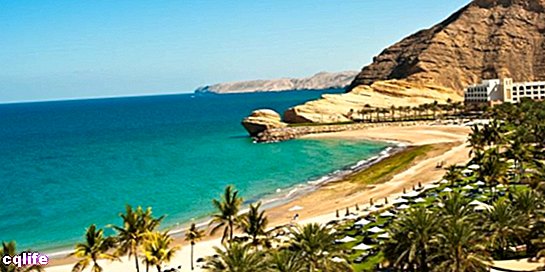
In the simplest way possible, the difference between seas and oceans is one of size. Almost all seas, in fact, are part of some specific ocean, so it could be said that the oceans are a larger or superior maritime unit.
There are, therefore, five oceans in the world: Atlantic, Pacific, Indian, Arctic and Antarctic; but more than fifty seas spread across the globe.
Sea depth
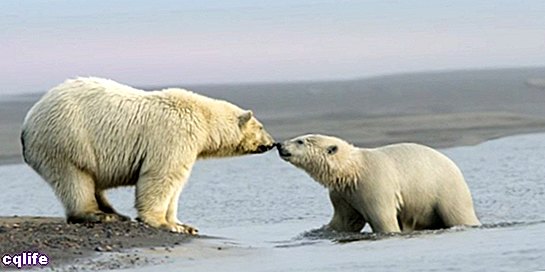
Both oceans and seas have an average depth of 4.26 kilometers, very unevenly distributed. In some locations the sea may be flatter, while in others regions it goes deep into ocean trenches and continental trenches.
For example, the Mariana Trench, located in the western Pacific Ocean, has a maximum depth recorded in the Challenger Abyss, of 10,994 meters deep.
Types of seas
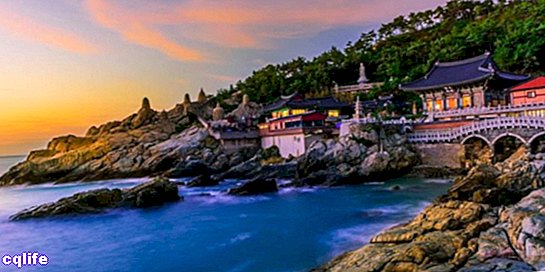
The seas are classified into three types, depending on their geographical location and their characteristics:
- Littoral or coastal seas. These are very wide gulfs on the oceanic coast, which do not have any kind of submarine separation from the open ocean, but have wider tides, shallower depths and temperatures higher.
- Continental seas. Its name comes from the fact of being located within a continent specific, but maintaining communication with the ocean to which they belong through a strait of some kind, generally shallow. This means that there are substantial differences between the continental sea and the ocean, especially in terms of salinity and temperature. The tides of these types of seas are so shallow that they tend to go completely unnoticed.
- Closed seas. They are also called endorheic lakes, as they are lakes of more or less salty water, of large extensions, located within a continental shelf and with little or no direct exchange of water with the oceans. This causes that the properties of its waters are always very particular.
Examples of seas
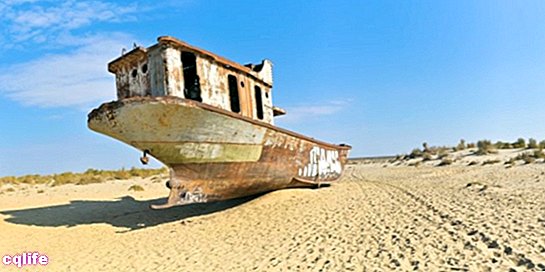
Here are some examples of each type of sea listed above:
Coastal or coastal seas:
- The Beaufort Sea. Located in the North Atlantic Ocean, between Alaska and the Canadian Yukon.
- The Norwegian Sea. Part of the North Atlantic Ocean, located northwest of Norway and between the North Seas and Greenland.
- The sea of Oman. Also called the Gulf of Oman, it is part of the huge Arabian Sea, in the Indian Ocean, and communicates with the Persian Gulf through the Strait of Hormuz.
- The Arabian Sea. The largest on the planet, it is part of the Indian Ocean and is located in the southwestern region of Asia, between Hindustan and the Arabian Peninsula. It has 3,862 square kilometers of surface.
- The Coral Sea. Located in the western Pacific Ocean, off the coast of Australia, where the Great Barrier Reef is located, the largest coral reef on the planet.
Continental seas:
- The North Sea. Belonging to the North Atlantic Ocean, it is located between the coasts of Norway and Denmark, Germany, the Netherlands, Belgium, France and the British Isles. It connects through the English Channel to the rest of the Atlantic, to the Baltic Sea through the Kiel Canal and to the Norwegian Sea through the north.
- The Mediterranean Sea. Located between the south of Europe Western and North Africa, it gets its name from the fact that the classical cultures that arose in its surroundings thought it the center of the Earth. It is connected to the Atlantic Ocean through the Strait of Gibraltar.
- The sea of Japan. Named for being between the coasts of that country and those of its neighbors China, Korea and Russia, it connects with five other regional seas through shallow straits.
- The Baltic Sea. Located in northern Europe, it is an inland sea of brackish water open to the North Sea and also connected to the Atlantic Ocean through the straits of Kattegat and Skagerrak. It has two gulfs: Finland and Bothnia, and is the largest deposit of amber in the world.
Closed seas:
- The dead Sea. Located in a depression 435 meters below sea level, between Israel, Palestine and Jordan, it has waters of a radically different composition from those of the ocean, full of calcium, magnesium, potassium and bromine, which make them so dense that sinking into them is almost impossible. Neither is there life some water in the Dead Sea, which thus justifies its name.
- The Caspian Sea. Between europe and AsiaIt is the largest lake on the planet, located in an endorheic basin on Earth 28 meters below sea level. It is fed by the Volga River, the Emba, the Ural and the Kurá.
- The Aral Sea. Located in central Asia, between Kazakhstan and Uzbekistan, it is a highly contaminated by agricultural fertilizers commonly used in the region during the 20th century. Its area was once 68,000 square kilometers, which made it one of the largest lakes in the world, but today it has been reduced to just 10% of its area, in one of the largest environmental disasters in the world. history recent.
